|
Your search criteria found 1307 images Gallery: Universe |
| My List |
Addition Date
|
Target | Mission | Instrument | Size |

|
2009-04-07 |
Spitzer Space Telescope |
3000x2400x3 | ||
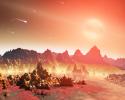
|
|||||

|
2009-04-07 |
Spitzer Space Telescope |
3000x2400x3 | ||
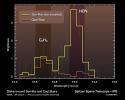
|
|||||

|
2009-04-03 | M33 |
Spitzer Space Telescope |
IRAC |
4300x2800x3 |
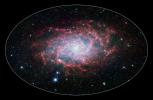
|
|||||

|
2009-04-03 | M33 |
Spitzer Space Telescope |
IRAC MIPS |
4300x2800x3 |
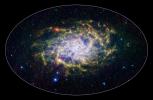
|
|||||

|
2009-04-03 | NGC 3242 |
Galaxy Evolution Explorer (GALEX) |
Ultraviolet/Visible Camera |
2240x2240x3 |
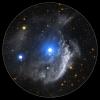
|
|||||

|
2009-03-16 | NGC 6240 |
Spitzer Space Telescope |
IRAC |
3921x3805x3 |
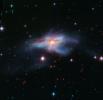
|
|||||

|
2009-03-12 | NGC 6543 |
Spitzer Space Telescope |
IRAC |
1700x1700x3 |
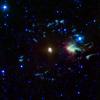
|
|||||

|
2009-02-18 |
Galaxy Evolution Explorer (GALEX) |
Digitized Sky Survey |
2766x1977x3 | |
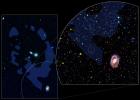
|
|||||

|
2009-02-10 | Messier 101 |
Hubble Space Telescope Spitzer Space Telescope |
Chandra X-ray Telescope IRAC Visible Light |
7200x7200x3 |
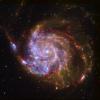
|
|||||

|
2009-02-10 | Messier 101 |
Hubble Space Telescope Spitzer Space Telescope |
IRAC |
7200x7200x3 |
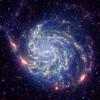
|
|||||

|
2009-01-28 |
Spitzer Space Telescope |
IRAC |
638x477x3 | |
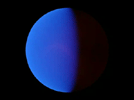
|
|||||

|
2009-01-28 |
Spitzer Space Telescope |
IRAC |
3000x2400x3 | |
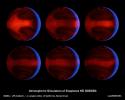
|
|||||

|
2009-01-28 |
Spitzer Space Telescope |
IRAC |
3000x2400x3 | |
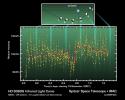
|
|||||

|
2009-01-06 | Cassiopeia A |
Chandra X-ray Observatory Spitzer Space Telescope |
Chandra X-ray Telescope IRAC |
719x479x3 |
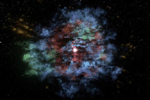
|
|||||

|
2009-01-06 |
Spitzer Space Telescope |
IRAC |
708x799x3 | |

|
|||||

|
2009-01-05 | GD 40 |
Spitzer Space Telescope |
3000x2400x3 | |
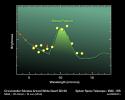
|
|||||

|
2009-01-05 |
Spitzer Space Telescope |
3000x2400x3 | ||
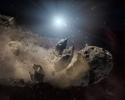
|
|||||

|
2008-12-16 |
Spitzer Space Telescope |
IRAC MIPS |
1500x1500x3 | |
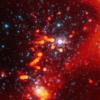
|
|||||

|
2008-12-10 |
Spitzer Space Telescope |
3000x2400x3 | ||
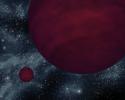
|
|||||

|
2008-12-08 |
Spitzer Space Telescope |
IRAC |
2674x2176x3 | |
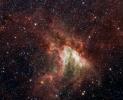
|
|||||

|
2008-12-08 | M17 |
Spitzer Space Telescope |
IRAC |
2674x2176x3 |
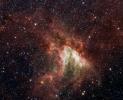
|
|||||

|
2008-12-03 |
Spitzer Space Telescope |
MIPS |
943x945x3 | |
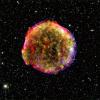
|
|||||

|
2008-11-11 |
Spitzer Space Telescope |
Infrared Spectrograph (IRS) |
3000x2400x3 | |
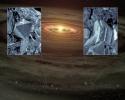
|
|||||

|
2008-10-31 |
Galaxy Evolution Explorer (GALEX) |
Ultraviolet/Visible Camera |
5400x2700x3 | |
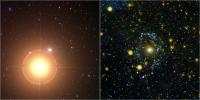
|
|||||

|
2008-10-27 | Epsilon Eridani |
Spitzer Space Telescope |
3000x2400x3 | |
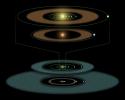
|
|||||

|
2008-10-27 | Epsilon Eridani |
Spitzer Space Telescope |
3000x1600x3 | |
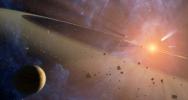
|
|||||

|
2008-10-08 | NGC 346 |
Spitzer Space Telescope |
IRAC |
1560x1560x3 |
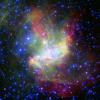
|
|||||

|
2008-10-06 | NGC 6193 |
Chandra X-ray Observatory Spitzer Space Telescope |
Chandra X-ray Telescope IRAC |
3300x3135x3 |
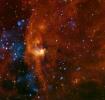
|
|||||

|
2008-10-01 | Cassiopeia A |
Spitzer Space Telescope |
MIPS |
1769x1341x3 |
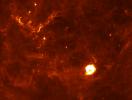
|
|||||

|
2008-09-18 | Perseus |
Spitzer Space Telescope |
IRAC |
1760x1160x3 |
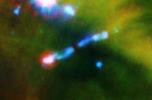
|
|||||

|
2008-08-22 | W5 |
Spitzer Space Telescope |
IRAC |
6436x7288x3 |

|
|||||

|
2008-08-22 | W5 |
Spitzer Space Telescope |
IRAC MIPS |
6436x7288x3 |

|
|||||

|
2008-08-10 |
Hubble Space Telescope |
WFPC2 |
1502x1482x3 | |
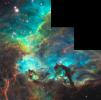
|
|||||

|
2008-07-21 | Messier 101 |
Spitzer Space Telescope |
IRAC Infrared Spectrograph (IRS) MIPS |
2766x2766x3 |
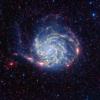
|
|||||

|
2008-07-21 | Messier 101 |
Spitzer Space Telescope |
IRAC |
2766x2766x3 |
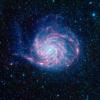
|
|||||

|
2008-07-15 |
Spitzer Space Telescope |
IRAC MIPS |
8000x4500x3 | |
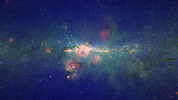
|
|||||

|
2008-07-10 |
Spitzer Space Telescope |
936x936x3 | ||
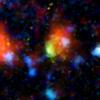
|
|||||

|
2008-07-01 |
Hubble Space Telescope |
Advanced Camera for Surveys WFPC2 |
1280x1188x3 | |
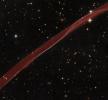
|
|||||

|
2008-06-03 | Milky Way |
Spitzer Space Telescope |
IRAC MIPS |
14400x10800x3 |
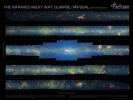
|
|||||

|
2008-06-03 | Milky Way |
Spitzer Space Telescope |
IRAC |
14400x10800x3 |
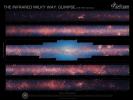
|
|||||

|
2008-06-03 | Milky Way |
Spitzer Space Telescope |
5600x5600x3 | |
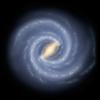
|
|||||

|
2008-05-29 | Cassiopeia A |
Spitzer Space Telescope |
5000x4965x3 | |
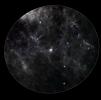
|
|||||

|
2008-05-29 | Cassiopeia A |
Spitzer Space Telescope |
641x479x3 | |
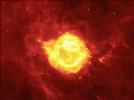
|
|||||

|
2008-05-29 |
Spitzer Space Telescope |
641x481x3 | ||
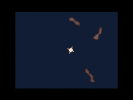
|
|||||

|
2008-05-28 |
Spitzer Space Telescope |
IRAC Infrared Spectrograph (IRS) MIPS |
925x925x3 | |
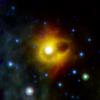
|
|||||

|
2008-04-28 |
Galaxy Evolution Explorer (GALEX) |
3840x3840x3 | ||
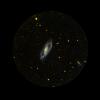
|
|||||

|
2008-04-24 |
Hubble Space Telescope |
WFPC2 |
3038x1580x3 | |
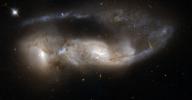
|
|||||

|
2008-04-24 |
Hubble Space Telescope |
WFPC2 |
3481x3481x3 | |
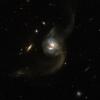
|
|||||

|
2008-04-24 |
Hubble Space Telescope |
WFPC2 |
2371x2371x3 | |

|
|||||

|
2008-04-24 |
Hubble Space Telescope |
WFPC2 |
3271x1828x3 | |
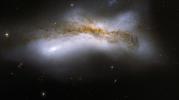
|
|||||

|
2008-04-24 |
Hubble Space Telescope |
WFPC2 |
1660x1660x3 | |
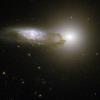
|
|||||

|
2008-04-24 |
Hubble Space Telescope |
WFPC2 |
1669x1669x3 | |
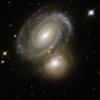
|
|||||

|
2008-04-24 |
Hubble Space Telescope |
WFPC2 |
1052x1052x3 | |
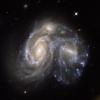
|
|||||

|
2008-04-24 |
Hubble Space Telescope |
WFPC2 |
2289x2289x3 | |
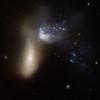
|
|||||

|
2008-04-24 |
Hubble Space Telescope |
WFPC2 |
1027x1027x3 | |

|
|||||

|
2008-04-16 | Messier 83 |
Galaxy Evolution Explorer (GALEX) |
GALEX Telescope |
2852x2852x3 |
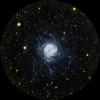
|
|||||

|
2008-04-16 | Messier 83 |
Galaxy Evolution Explorer (GALEX) |
GALEX Telescope Very Large Array (VLA) |
2852x2852x3 |
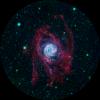
|
|||||

|
2008-04-10 | Omega Centauri |
Spitzer Space Telescope |
IRAC Multiband Imaging Photometer (MIPS) |
1400x1400x3 |
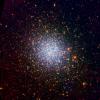
|
|||||

|
2008-03-27 | HD 189733b |
Spitzer Space Telescope |
1514x1499x3 | |

|
|||||

|
2008-03-27 | HD 189733b |
Hubble Space Telescope |
NICMOS |
4000x3000x3 |
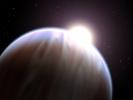
|
|||||

|
2008-02-12 | Abell 1689 |
Hubble Space Telescope Spitzer Space Telescope |
Advanced Camera for Surveys Infrared Array Camera (IRAC) NICMOS |
3813x3367x3 |
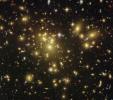
|
|||||

|
2008-02-11 | Rho Ophiuchi |
Spitzer Space Telescope |
IRAC |
6020x2905x3 |
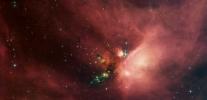
|
|||||

|
2008-02-11 | Rho Ophiuchi |
Spitzer Space Telescope |
IRAC Multiband Imaging Photometer (MIPS) |
6020x2905x3 |
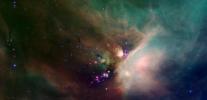
|
|||||

|
2008-01-25 | Abell 1763 |
Spitzer Space Telescope |
2688x1962x3 | |
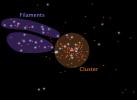
|
|||||

|
2008-01-10 |
Spitzer Space Telescope |
3000x2400x3 | ||

|
|||||

|
2008-01-10 | NGC 3621 |
Spitzer Space Telescope |
Infrared Spectrograph (IRS) |
3000x2400x3 |
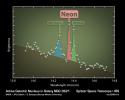
|
|||||

|
2007-12-20 | Cassiopeia A |
Spitzer Space Telescope |
Infrared Spectrograph (IRS) |
960x960x3 |

|
|||||

|
2007-12-20 | Cassiopeia A |
Spitzer Space Telescope |
Infrared Spectrograph (IRS) |
3000x2400x3 |
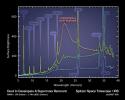
|
|||||

|
2007-12-18 | NGC 4258 |
Spitzer Space Telescope |
IRAC |
3000x2501x3 |

|
|||||

|
2007-12-13 | M51 |
Galaxy Evolution Explorer (GALEX) Spitzer Space Telescope |
IRAC Ultraviolet/Visible Camera |
1978x2850x3 |

|
|||||

|
2007-11-29 | L1157 |
Spitzer Space Telescope |
IRAC |
1171x1444x3 |

|
|||||

|
2007-11-14 |
Galaxy Evolution Explorer (GALEX) |
Ultraviolet/Visible Camera |
1200x1200x3 | |
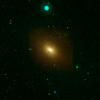
|
|||||

|
2007-11-14 |
Galaxy Evolution Explorer (GALEX) |
Ultraviolet/Visible Camera |
1122x1122x3 | |
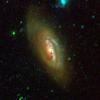
|
|||||

|
2007-11-14 |
Galaxy Evolution Explorer (GALEX) |
Ultraviolet/Visible Camera |
1012x1012x3 | |
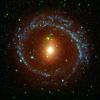
|
|||||

|
2007-11-14 |
Galaxy Evolution Explorer (GALEX) |
Ultraviolet/Visible Camera |
1333x1063x3 | |
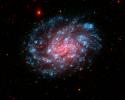
|
|||||

|
2007-11-14 |
Galaxy Evolution Explorer (GALEX) |
3000x2400x3 | ||

|
|||||

|
2007-11-08 | HH 46/47 |
Spitzer Space Telescope |
IRAC |
2000x1600x3 |
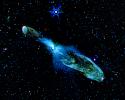
|
|||||

|
2007-11-06 | 55 Cancri |
PlanetQuest |
516x290x3 | |
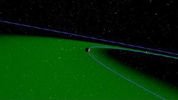
|
|||||

|
2007-11-06 | 55 Cancri |
PlanetQuest |
1280x720x3 | |
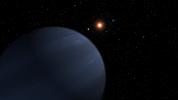
|
|||||

|
2007-11-06 | 55 Cancri |
PlanetQuest |
1435x939x3 | |
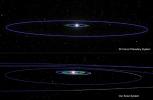
|
|||||

|
2007-11-06 | 55 Cancri |
PlanetQuest |
720x540x3 | |
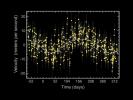
|
|||||

|
2007-10-25 |
Spitzer Space Telescope |
3000x2400x3 | ||
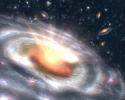
|
|||||

|
2007-10-25 |
Chandra X-ray Observatory |
Chandra X-ray Telescope |
5100x2550x3 | |

|
|||||

|
2007-10-25 |
Spitzer Space Telescope |
MIPS |
1003x1139x3 | |

|
|||||

|
2007-10-22 |
Spitzer Space Telescope |
IRAC |
2084x2302x3 | |

|
|||||

|
2007-10-22 |
Spitzer Space Telescope |
Infrared Spectrometer (IRS) |
2997x1689x3 | |
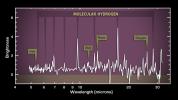
|
|||||

|
2007-10-09 |
Spitzer Space Telescope |
Infrared Spectrograph (IRS) |
3000x2400x3 | |
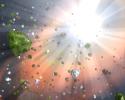
|
|||||

|
2007-10-09 |
Spitzer Space Telescope |
Infrared Spectrograph (IRS) |
2865x1749x3 | |
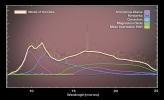
|
|||||

|
2007-10-03 |
Spitzer Space Telescope |
3000x2400x3 | ||

|
|||||

|
2007-09-13 |
Spitzer Space Telescope |
IRAC |
3300x3300x3 | |
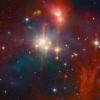
|
|||||

|
2007-09-13 |
Spitzer Space Telescope |
IRAC Chandra X-ray Telescope |
3300x3300x3 | |
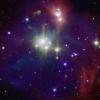
|
|||||

|
2007-08-29 | NGC 1333 |
Spitzer Space Telescope |
3200x2400x3 | |
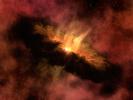
|
|||||

|
2007-08-29 | NGC 1333 |
Spitzer Space Telescope |
IRAC |
3000x2400x3 |
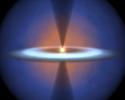
|
|||||

|
2007-08-29 | NGC 1333 |
Spitzer Space Telescope |
Infrared Spectrograph (IRS) |
3000x2400x3 |
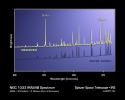
|
|||||

|
2007-08-24 | Helix Nebula |
Spitzer Space Telescope |
IRAC |
4370x4070x3 |

|
|||||

|
2007-08-15 | Mira |
Galaxy Evolution Explorer (GALEX) |
Ultraviolet/Visible Camera |
1569x1600x3 |

|
|||||

|
2007-08-15 | Mira |
Galaxy Evolution Explorer (GALEX) |
Ultraviolet/Visible Camera |
717x478x3 |
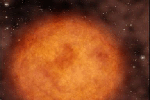
|
|||||

|
2007-08-15 | Mira |
Galaxy Evolution Explorer (GALEX) |
Ultraviolet/Visible Camera |
1569x800x3 |
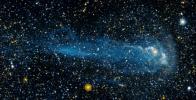
|
|||||

|
2007-08-15 | Mira |
Galaxy Evolution Explorer (GALEX) |
Ultraviolet/Visible Camera |
6000x1500x3 |

|
|||||

|
2007-08-06 | CL0958+4702 |
Spitzer Space Telescope |
3000x2400x3 | |
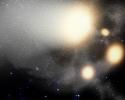
|
|||||

|
 |
 |
 |
 |
 |
 |
 |
 |
 |
 |

|
| 1-100 | 101-200 | 201-300 | 301-400 | 401-500 | 501-600 | 601-700 | 701-800 | 801-900 | 901-1000 |
| Currently displaying images: 901 - 1000 of 1307 |